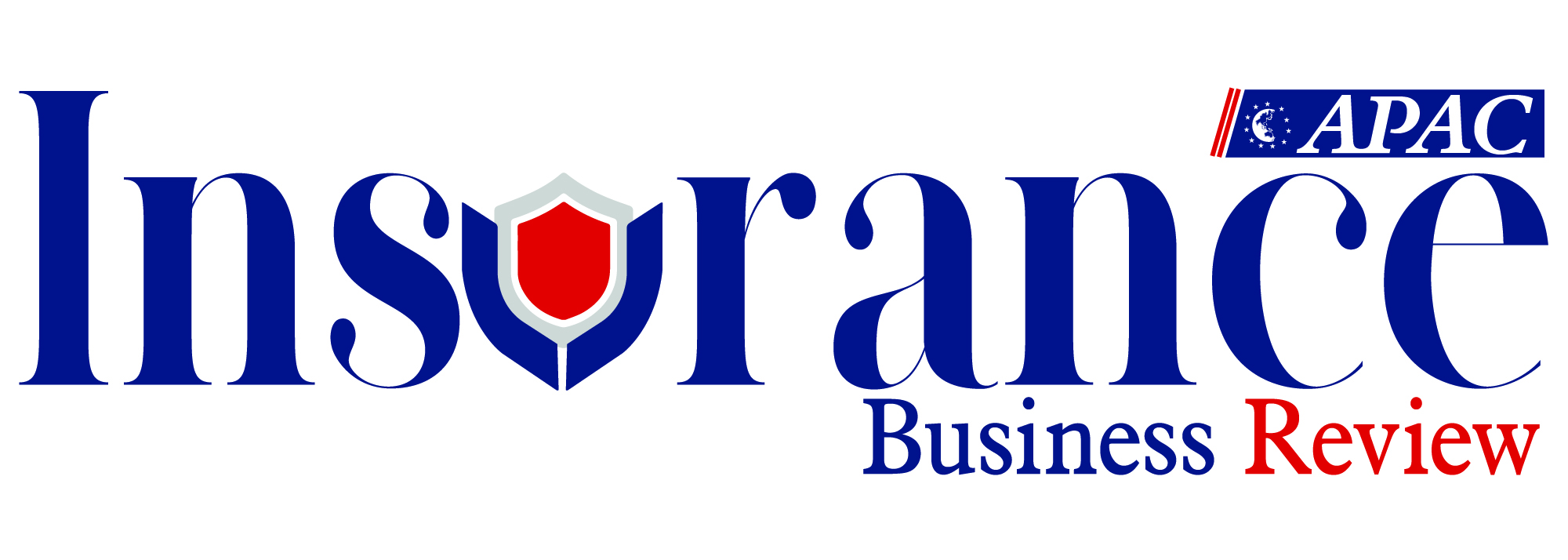Thank you for Subscribing to Insurance Business Review Weekly Brief
A Modern Approach to Managing Organizational Risks
The risk management framework is a structure for the necessary steps.
 (1)-450x308_x36F.jpg)
By
Insurance Business Review | Friday, February 21, 2025
Stay ahead of the industry with exclusive feature stories on the top companies, expert insights and the latest news delivered straight to your inbox. Subscribe today.
Analysis, prioritization, monitoring, treatment, and identification are the five phases of the risk management framework. Centralizing data, increasing visibility, and facilitating ongoing, automated risk monitoring and management are all ways that digital systems boost productivity.
Fremont, CA: The risk management framework is a structure for the necessary steps. The risk management process is the name given to the five fundamental stages followed to manage risk. Risk identification is the first step, followed by risk analysis, prioritization, solution implementation, and monitoring. Manual systems require a great deal of administration and documentation at every stage.
Identify the Risk
The first stage in risk management is identifying the company's hazards in its operational environment. These risks may fall within the legal, environmental, market, or regulatory categories. To successfully reduce potential dangers, it is imperative to identify as many of these risk variables as feasible. While these risks are usually manually documented in a manual environment, the data is directly entered into a centralized system in firms that use risk management solutions.
Analyze the Risk
After a risk has been recognized, it is critical to conduct a comprehensive analysis to evaluate its extent and comprehend how it relates to other organizational elements. Determining how many company functions the risk may impact is essential to assessing its seriousness and impact. While certain dangers might only result in slight interruptions, others could completely stop operations. This analysis is done by hand in an environment where risk management is done by hand.
Evaluate or Rank the Risk
Risks must be ranked and prioritized according to their seriousness for effective risk management. Most risk management systems classify hazards in this way, with high-level risks potentially resulting in catastrophic loss and low-level risks generating minimal inconvenience. Setting risk priorities gives decision-makers a thorough understanding of the organization's vulnerability. A single high-level risk might call for quick management attention, whereas several low-level hazards would not.
Treat the Risk
Eliminating or containing risks as much as feasible is crucial for sound risk management, frequently accomplished by working with subject-matter specialists. This approach entails reaching out to stakeholders one-on-one, setting up meetings, and having disjointed conversations via phone calls, emails, documents, and spreadsheets in a manual setting. This disorganized strategy may result in inefficiencies.
Monitor and Review the Risk
Certain risks—like those related to the market and the environment—cannot be removed entirely and need constant observation. This duty falls on conscientious workers who monitor these hazards in a manual system. On the other hand, a digital risk management system keeps an eye on the organization's whole risk framework and ensures that any modifications are promptly apparent to all pertinent stakeholders.
More in News






